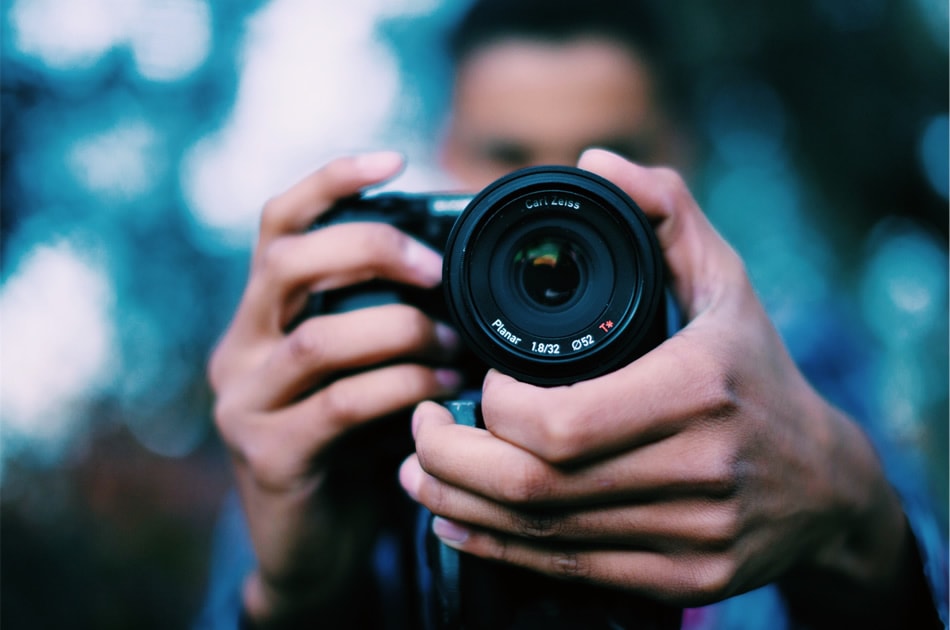Focusing Features You’ve Probably Never Used (but really should!)
As we’ve discussed many times on Contrastly, getting your photos sharp is the most essential part of photography. But you can make your focusing more accurate and even a bit simpler with these handy hints!
AF-A / AI Focus
You’ll probably be familiar with the autofocus modes, although most people tend to use the separate focusing modes for still and moving subjects. These are labelled as AF-S (or One Shot on Canons) for single focus and AF-C (or AI Servo on Canons) for continuous options. However, there is also a third option on many DSLR cameras – AF-A or AI Focus.
This mode automatically switches the focusing between the two options when the camera thinks it necessary. This means that if you’re photographing a static subject that then starts to move, the camera will automatically switch modes and start to track its movement.

Back-Button Focusing
As well as focusing your camera through half pressing the shutter button, you can also use a separate button assigned for back-button focusing. This separates out the shutter and focusing, meaning that you can lock the focus in advance and prevent it from refocusing when you press the shutter button.
Some Canon and Nikon cameras have an assigned AF-ON button for this function, although do note that on some Nikon cameras it’s located on the AE-L/AF-L button.
Focus Lock
This is a really useful feature that many of us don’t use – even though it can make life far simpler! Your camera’s focus lock allows you to lock your camera onto your subject. Once you’ve locked the focus, you can then slightly recompose the picture if necessary, without it affecting your focus. This is particularly useful when your camera can’t work out what you want it to focus on – i.e. in low light, or if your subject is lacking in contrast.
AF Assist Lamp
DSLRs have a small light on the front that will light up to illuminate a subject, which assists your autofocus in low light or dark conditions. This can be a really useful feature, but by the same token, it can be distracting and unwanted in certain situations. Fortunately, if you go into your camera’s menu, there’s the option to turn the light off if needed.
Touch Focus
This may not be a feature on your camera, but some of the new DSLRs and many mirrorless cameras have a touchscreen. This means that you can simply move the focusing box to where you want it on your screen, allowing for fast and accurate focusing. It’s particularly useful for small subjects, or if you’re working on a tripod and might not be easily able to access the viewfinder. On some camera models, you can even sync up the focusing with your shutter, allowing shots to be fired off very quickly!
AF Microadjustment
This is another brilliant feature on modern DSLRs, which allows you to fine tune your lens and camera combination. Different lenses can give different results when focusing – particularly when you consider that the two main manufacturers – Canon and Nikon have lenses dating back to the film era. Microadjustment allows you to adjust your focus minutely for different lenses. The adjustments are made in camera, so the lenses themselves aren’t actually affected. And, because you can set up profiles for each lens, the adjustments will only be activated when that lens is attached.
Hopefully, you’ll find these tips useful and they’ll help you to get even more accurate focusing in your images.
